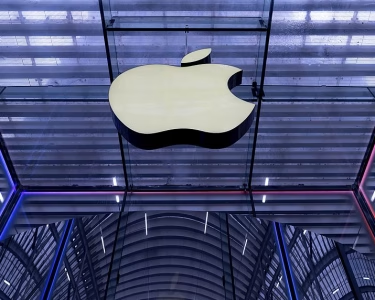Sustainable Tech & Green IT: Building an Eco-Friendly Digital Future
In today’s world, technology is inseparable from our lives, but its rapid growth has also brought significant environmental challenges. From massive data centers consuming huge amounts of electricity to electronic waste piling up globally, the tech industry faces increasing scrutiny over its carbon footprint. This is where Sustainable Tech and Green IT come in—innovations that make digital transformation more environmentally responsible.
In this article, we’ll explore what sustainable tech and green IT mean, their importance, key initiatives, real-world applications, benefits, challenges, and the future of eco-friendly innovation.
What is Sustainable Tech & Green IT?
Sustainable Technology refers to innovations and practices that minimize the environmental impact of technology while maximizing efficiency. Green IT (Green Information Technology) is a subset of sustainable tech, focusing on environmentally friendly design, manufacturing, use, and disposal of IT systems.
Why Sustainable Tech Matters
The tech industry is responsible for:
- Nearly 4% of global carbon emissions, a number expected to rise if unchecked.
- Rapid growth in e-waste, which reached over 60 million metric tons in 2024.
- High electricity consumption—global data centers consume more power than some entire countries.
Adopting green IT practices is not just good for the planet but also for business, as eco-conscious consumers increasingly prefer sustainable brands.
Key Innovations in Green IT
1. Green Data Centers
- Use of renewable energy sources (solar, wind, hydro).
- Advanced cooling systems like liquid cooling and AI-driven energy optimization.
- Tech giants like Google and Microsoft aim for carbon-free operations by 2030.
2. Energy-Efficient Hardware
- Low-power processors (ARM chips replacing power-hungry CPUs).
- Energy Star-certified devices for reduced energy consumption.
- Smart sleep and power management features in laptops and servers.
3. Carbon-Aware Computing
- Scheduling workloads based on real-time carbon intensity of the power grid.
- Shifting computing tasks to regions with cleaner energy availability.
- Example: Microsoft’s carbon-aware cloud initiatives.
4. Green Software Engineering
- Writing efficient code that reduces CPU and memory usage.
- Software designed with sustainability metrics (Green Software Foundation).
- Mobile and web apps optimized for lower energy drain.
5. Circular IT Economy
- Refurbished laptops and phones gaining popularity.
- Corporate take-back programs for recycling old hardware.
- Reducing e-waste through extended product lifecycles.
Applications of Sustainable Tech
- Smart Cities: Energy-efficient lighting, smart grids, and waste management systems.
- Cloud Computing: Green cloud services prioritizing renewable energy.
- Manufacturing: Factories powered by AI-optimized energy systems.
- Healthcare: Eco-friendly telemedicine platforms reducing travel emissions.
- Education: Virtual learning reducing paper and transportation use.
Benefits of Green IT
- Environmental Impact: Lower carbon emissions and reduced e-waste.
- Cost Savings: Energy-efficient systems reduce operating costs.
- Compliance: Meets global sustainability regulations (ISO 14001, ESG standards).
- Brand Reputation: Eco-conscious practices attract environmentally aware consumers.
- Innovation: Encourages development of smarter, cleaner technologies.
Challenges Facing Green IT
- High Initial Costs: Renewable infrastructure and eco-friendly hardware can be expensive.
- Technological Barriers: Some sustainable solutions are still in development stages.
- Lack of Awareness: Businesses may not prioritize eco-friendly IT without incentives.
- E-Waste Management: Recycling infrastructure is underdeveloped in many regions.
- Regulatory Differences: Sustainability standards vary widely across countries.
The Future of Sustainable Tech & Green IT
The shift toward sustainability is accelerating, with governments, corporations, and consumers demanding greener solutions. Trends shaping the future include:
- Net-Zero Data Centers: 100% powered by renewable energy.
- AI for Sustainability: AI optimizing supply chains, energy grids, and climate modeling.
- Green Cloud Computing: Major providers competing on eco-friendly services.
- Biodegradable Electronics: Hardware components designed to safely decompose.
- Global Regulations: Stricter rules on emissions and e-waste pushing companies toward greener practices.
Conclusion
Sustainable Tech and Green IT are no longer optional—they are essential for the future of both the planet and the technology industry. By adopting eco-friendly innovations such as green data centers, energy-efficient hardware, carbon-aware computing, and green software, businesses can reduce environmental impact while gaining competitive advantage.
As the world moves toward a carbon-conscious digital era, the organizations that embrace sustainability today will lead the innovations of tomorrow.






